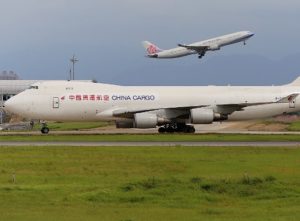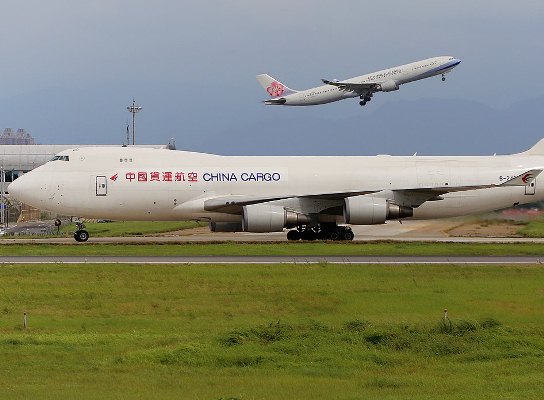 In March 2018, worldwide air cargo volumes increase by a mere 0.9% year-on-year, according to the latest traffic figures from WorldACD.
In March 2018, worldwide air cargo volumes increase by a mere 0.9% year-on-year, according to the latest traffic figures from WorldACD.
Combined with the very strong market in January and the more modest growth in February this year, this brings up a volume growth in the first quarter of 4.8% year-on-year.
In air cargo exports, Central & South America grew the fastest in the first quarter at 12%, while Africa performed the worst, experiencing a 3.3% contraction. In incoming volumes, the European market grew by 7%, while the Middle East & South Asia had a very modest growth of 0.6%.
Of the top 30 origins in the world, the best performers in the first three months of the year—chalking up double-digit growth figures year-over-year—were Turkey (+20.6%), Japan (+17.8%), and Ecuador (+12.2%).
Among the world’s largest “country pairs,” the markets from Japan to China East (+24% year-over-year), from Germany to India (+19.2%), and from Chile to USA South Atlantic (+17.6%) stood out for their double-digit expansion.
On the other hand, Hong Kong to Germany (-9.9%) and Japan to Taiwan (-6.8%) topped a list of large country pairs that did worse in the first quarter compared to the same period last year.
Meanwhile, worldwide air cargo yield dropped to US$1.89 in March 2018, or 1% below February 2018, and 16.3% higher than in March 2017. But the U.S. dollar was again much weaker than one year ago against most major currencies, said the air cargo market data provider.
In the first quarter, increase in yield including charges (price per kilogram) worldwide was 18.6% year-on-year when measured in U.S. dollar terms, but only 2.7% when expressed in euro. A similar pattern is seen when comparing yields in U.S. dollar with yields in almost any other major currency.
“In other words, the large yield increase in USD can only be understood against the background of the loss the USD suffered against many other currencies when comparing Q1-2018 with Q1-2017,” said WorldACD.
The “greenback” lost 13% against the euro, 11% against the British pound, 8% against the Chinese yuan, and 5% against the Japanese yen, it noted.
Photo: 湯小沅





